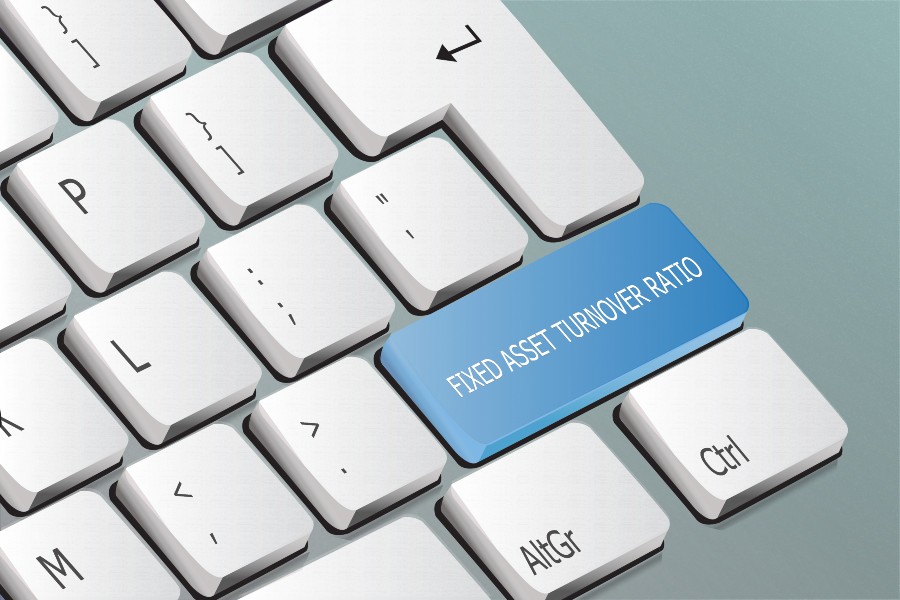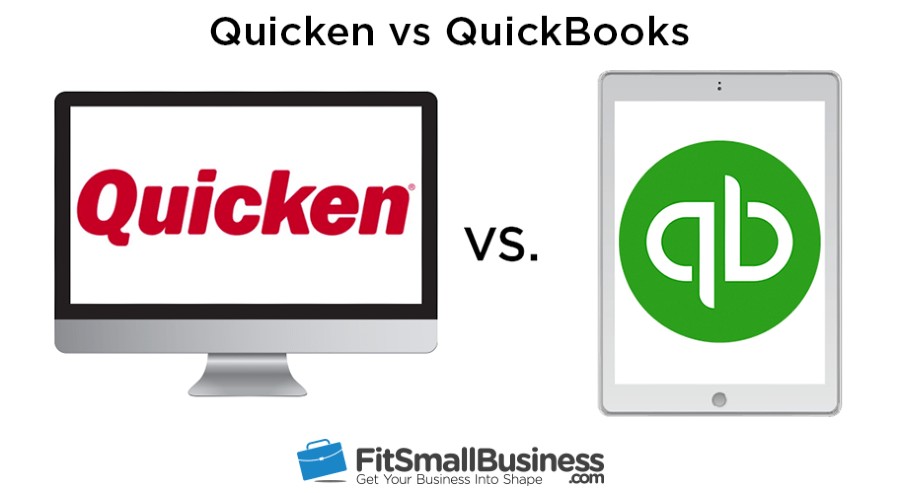
The fixed asset turnover ratio, also known as the FAT ratio, is a financial metric that measures how efficiently a company uses its fixed assets to generate sales. In other words, it tells you how much revenue a company gets for every dollar invested in fixed assets. However, a high FAT ratio doesn’t necessarily translate to higher profits. It could also mean that your company might be efficient at generating sales with its fixed assets but could also incur high expenses that eat into profits.
Key takeaways
- Companies can use the FAT ratio as a performance metric to identify opportunities for improving operational efficiency and optimizing asset utilization.
- The ideal FAT ratio can vary depending on the industry. Asset-heavy industries like utilities will naturally have a lower ratio compared to retail or service companies with fewer fixed assets.
- The most valuable insights come from comparing a company’s ratio over time or against its direct competitors within the same industry. This reveals trends and efficiency improvements (or declines) within the company.
- While a high ratio suggests better asset use, it doesn’t guarantee strong profitability. The company might be selling a lot but with low profit margins.
How To Calculate the Fixed Asset Turnover Ratio
The FAT ratio is calculated by dividing the net sales by the average balance of fixed assets over a specific period, usually a year. Here is the formula:
| Asset Coverage Ratio | = | Net Sales |
| Average Net Fixed Assets |
Definitions:
- Net fixed assets are long-term tangible assets a company owns and uses in its operations, such as property, plant, and equipment (PP&E) less accumulated depreciation.
- Average fixed assets are determined by adding the beginning fixed assets and ending fixed assets, then dividing them by two.
- Net sales are the total revenue from a company’s core business activities after returns, allowances, and discounts are subtracted.
If you’re interested in learning about other ratios, check out our guide on financial ratio analysis.
Let’s say we have a company called XYZ Manufacturing. We’re interested in understanding how well it’s using its fixed assets, like equipment, to generate sales.
- Net sales (annual): $5 million
- Fixed assets:
Here’s how we can find the FAT ratio.
Step 1: Calculate the average fixed assets.
- Average fixed assets = (Beginning net fixed assets + Ending net fixed assets) ÷ 2
= ($1 million + $1 million) ÷ 2
= $2.5 million ÷ 2
= $1.25 million
Step 2: Calculate the FAT ratio.
- FAT Ratio = Net Sales ÷ Average Fixed Assets
= $5 million ÷ $1.25 million
= 4
So in this example, XYZ Manufacturing has a FAT ratio of 4. This means that for every dollar invested in fixed assets, the company generates $4 in revenue.
How To Interpret the Fixed Asset Turnover Ratio
Generally, a higher FAT ratio implies a company is using its fixed assets more effectively to generate sales. This could be because of factors like:
- Strong demand for the company’s product or services
- Efficient production processes
- Utilization of the right equipment for the job
However, it’s important to consider the industry context when analyzing the FAT ratio. For example, a manufacturing company with a high FAT ratio might be considered more efficient than a company that relies heavily on research and development (R&D), which typically requires more fixed assets in proportion to sales.
Here are some additional points to keep in mind:
- The FAT ratio should be used alongside other financial ratios to get a more complete picture of a company’s financial health.
- A high FAT ratio doesn’t necessarily mean a company is profitable. It indicates efficiency in using fixed assets to generate sales.
The FAT ratio looks at sales generation, not cash flow. A company might have a high FAT ratio but struggles with cash flow if it offers extended credit terms to customers.
Fixed Asset Turnover Ratio Benchmarks
Good benchmarks for the FAT ratio can vary depending on the industry, business model, and other factors. It’s important to interpret the FAT ratio in conjunction with other financial metrics and qualitative factors to gain a comprehensive understanding of a company’s operational efficiency and performance.
Here are some general guidelines.
For a general overview of accounting and bookkeeping, including basic terminologies, check out our Accounting 101 guide.
Fixed Asset Turnover Ratio Considerations
Here are some important considerations to keep in mind when analyzing the FAT ratio:
- Asset intensity: Different industries rely on fixed assets to varying degrees. A capital-intensive industry like manufacturing will have a naturally lower FAT ratio compared to a service-based industry like consulting. It is important not to compare the manufacturer’s FAT ratio to a retailer’s and expect them to be similar.
- Growth vs. maturity: A company in a growth phase might be investing heavily in new equipment or facilities, leading to a lower FAT ratio in the short term. Conversely, a mature company might have a higher FAT ratio because of a more established fixed asset base.
- Newer vs. older assets: Newer, more efficient fixed assets can contribute to a higher FAT ratio compared to older, less productive equipment.
- Seasonality: If a company experiences significant seasonal fluctuations in sales, the FAT ratio might be a less reliable measure of efficiency throughout the year.
- Capacity utilization: A low FAT ratio could indicate underutilized fixed assets, but it could also suggest the company is operating at full capacity and might need more equipment.
Frequently Asked Questions (FAQs)
The FAT ratio is a financial metric used to measure a company’s ability to generate revenue from its fixed assets. In simpler terms, it tells you how much revenue each dollar invested in fixed assets brings in.
The FAT ratio is calculated by dividing the net sales of a company by the average balance of its net fixed assets over a specific period, usually a year. Net fixed assets are the total value of fixed assets minus accumulated depreciation.
A low FAT ratio may indicate inefficient utilization of fixed assets relative to sales revenue. It could suggest underutilization of assets, overinvestment in fixed assets, or declining sales.
Changes in sales volume, asset utilization rates, production efficiency, capital investments, technological advancements, and shifts in demand patterns can all influence changes in the FAT ratio.
Fixed assets are long-term tangible assets used in the production or operation of a business and are not intended for sale. Examples include buildings, machinery, equipment, vehicles, and land.
Bottom Line
The fixed asset turnover ratio offers a valuable glimpse into a company’s efficiency in generating sales from its fixed assets. Generally, while a high ratio indicates strong asset utilization, industry context and trend analysis are crucial for a complete picture. By understanding how effectively a company uses its physical resources, investors and creditors can make informed decisions, and management can identify opportunities to optimize operations.





